How to Grow Broccoli [Everything You Need To Know]

Broccoli is a nutritious and versatile vegetable that can be grown successfully in your garden with a bit of planning and care.
It is rich in vitamins, minerals, and antioxidants, making it a favorite among health-conscious gardeners. Broccoli is also relatively easy to grow, making it a great choice for both beginner and experienced gardeners.
In this guide, we will cover everything you need to know about growing broccoli, including its unique qualities that make it resilient and rewarding.
Get our Gardening Buddy and find veggies that fit your conditions best.
You Can Grow It!
Getting the Soil Ready to Plant Broccoli
Before planting, clear the area of weeds, dig in two buckets of compost or manure per square yard, and give the soil a few months to settle.
Broccoli also likes a soil pH of 6 to 7. If your soil’s a bit acidic, add lime the winter before you plant to balance it out. This extra step can help keep clubroot disease at bay, which is a real game-changer for your broccoli’s health.
Right before planting, give the ground a good treading down – broccoli grows best in firm soil. Add a potassium-rich fertilizer for that extra nutritional kick, and your ground is broccoli-ready!
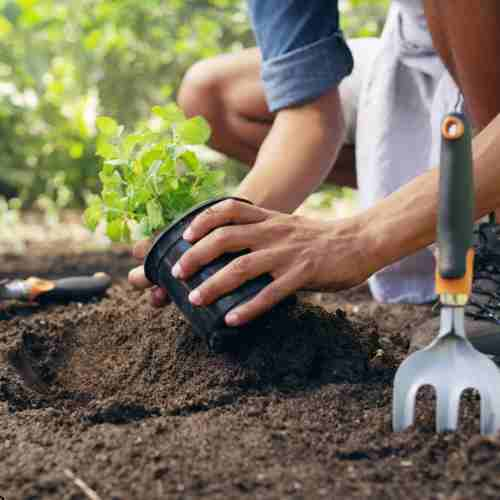
Sowing Broccoli Seeds
You can start broccoli indoors. Use a modular tray to keep the roots undisturbed when transplanting. Pop two seeds per module about ¾ inch deep, keep them moist, and watch them sprout in about two weeks.
Outdoors, prepare shallow drills about ¾ inch deep, and water along the base. Sow seeds thinly in a temporary seedbed or directly in their final spot. Once the seedlings are up, thin them out, leaving the strongest ones.
For a steady supply, sow in small batches every few weeks, and cover them with fleece to keep out cabbage root flies. If you’re short on garden space, grow them as microgreens in shallow trays indoors – they’re delicious, packed with nutrients, and ready in just a couple of weeks!
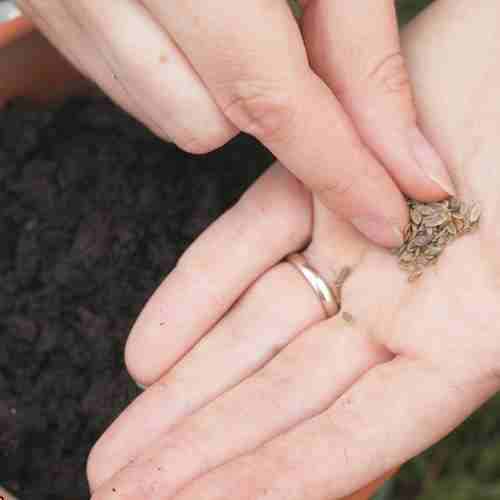
Transplanting Broccoli
When seedlings reach 4-6 inches tall, it’s time for the big move outdoors. But don’t just toss them in the ground – ease them into it! Harden them off by letting them sit outside a bit each day, gradually increasing their outdoor time.
Dig holes about 24–30 inches apart, and plant your broccoli seedlings with their lowest leaves at soil level. Give each plant a nice, deep drink after planting to settle them in. And if you’re gardening in a windy area, stake your broccoli with a cane or a stick to keep it stable.
Generous spacing is crucial – it promotes good airflow, which keeps diseases at bay and helps broccoli produce those tasty side shoots.
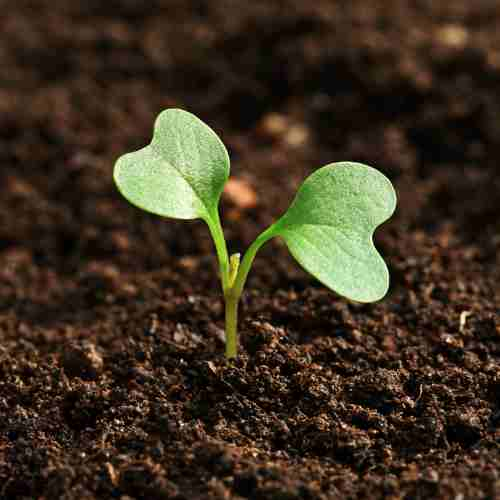
Plant Care – Keeping Broccoli Healthy and Happy
Broccoli may be low-maintenance, but they still appreciate a little pampering. Water young plants regularly until they’re established, then switch to watering only every two weeks in dry weather. Avoid overwatering in winter for overwintering varieties, as they’re adapted to survive the cold and don’t need as much moisture.
Apply a thick layer of mulch around the base of the plants. It helps to lock in moisture, keeps weeds out, and stabilizes soil temperature – everything your broccoli needs for steady growth.
Around 8 inches tall, give your broccoli a dose of nitrogen-rich fertilizer to boost growth. And if your broccoli is exposed to the wind, support it with a sturdy cane or stake to prevent it from tipping over. This simple support ensures stable, healthy growth all season long.
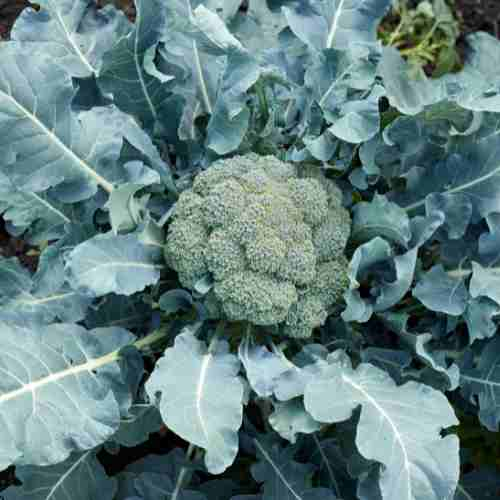
Broccoli is Great for Cold Climates
Broccoli thrives in cooler climates, making it an ideal crop for early spring or fall planting. It grows best when temperatures range between 55-75°F (13-24°C) and can even tolerate light frosts.
The cool weather helps broccoli develop its signature tight heads without bolting. For gardeners in cooler regions, broccoli is an excellent choice to extend the growing season and enjoy a healthy harvest when other vegetables may struggle.
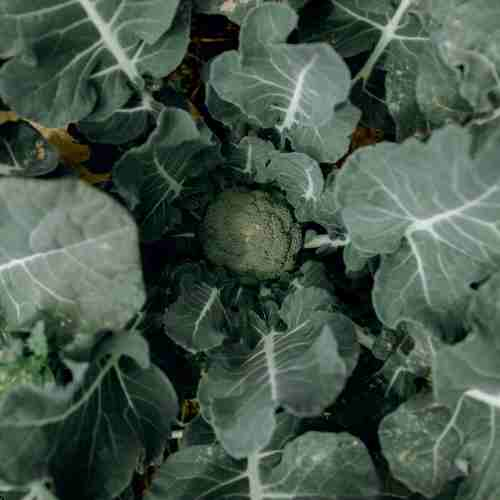
Broccoli is a Low Maintenance Vegetable
One of the best things about spring onions is that they don’t require much space to grow. You can plant them in small containers on a windowsill, balcony, or in a small garden bed. Even if you’re limited on outdoor space, spring onions can be grown in deep pots or planters, making them ideal for urban gardeners or those with only a small patio or balcony. They grow upright and don’t sprawl, so you can even plant them alongside other vegetables without worrying about them taking over.
Their compact nature also allows you to plant multiple crops in succession, so you can harvest and replant throughout the growing season without taking up too much space.
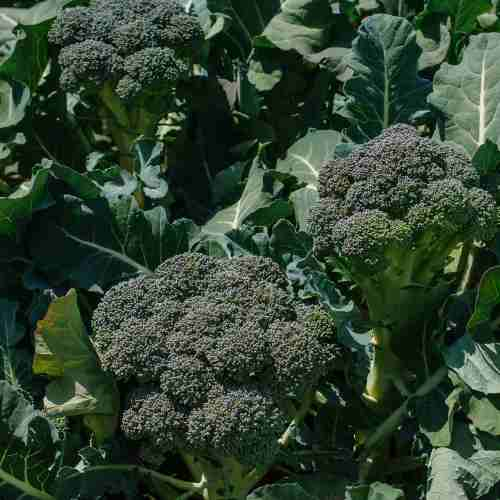
Broccoli Does Not Need a Lot of Sun
Broccoli is a versatile vegetable that can grow well in partial shade. While it does prefer full sun, broccoli can tolerate 4-6 hours of direct sunlight per day, allowing it to be grown in gardens with less than ideal sunlight.
This ability to grow in lower light conditions makes broccoli a good choice for gardens with mixed lighting or areas that are shaded for part of the day.
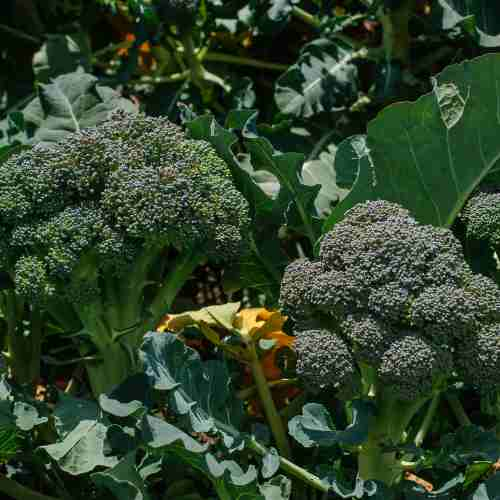
Broccoli is Pest and Disease Resistant
Broccoli is naturally resistant to several common pests and diseases. Its sturdy leaves and thick stems make it less attractive to many insects, and it is generally less affected by diseases that plague other vegetables.
To further enhance its resistance, gardeners can use row covers to protect young plants from cabbage worms and other pests. Planting broccoli in well-drained soil with good air circulation also helps prevent issues like powdery mildew and root rot.
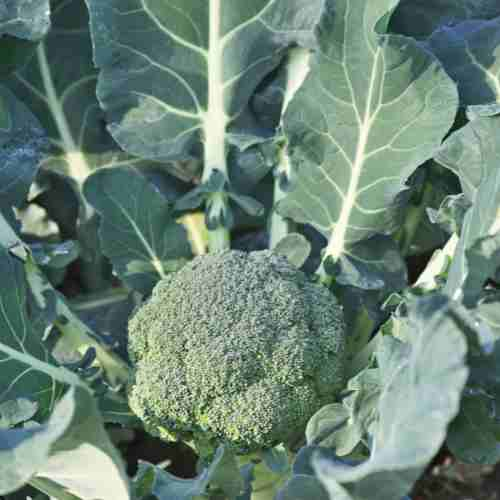
Choosing the Right Broccoli Variety
Broccoli comes in several different varieties, each with its own unique characteristics. Some popular varieties include ‘Calabrese,’ known for its large heads and side shoots, and ‘Purple Sprouting,’ which is cold-hardy and produces multiple smaller heads.
Choosing the right variety depends on your growing conditions and preferences. Some varieties are more heat-tolerant, while others are better suited for cooler climates. Selecting the right variety for your garden can make a significant difference in the success of your broccoli crop.
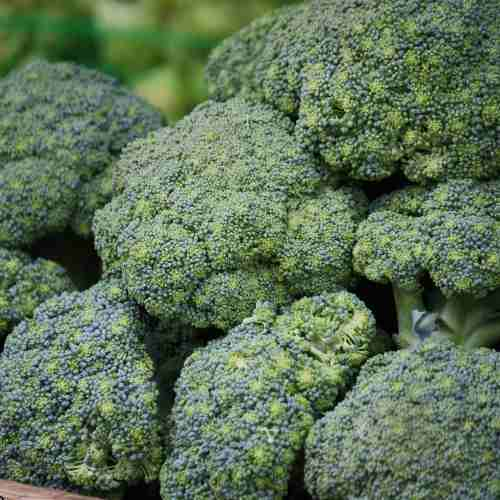
Watering and Fertilizing Broccoli
Broccoli requires consistent moisture to thrive, but overwatering can lead to problems like root rot. The key is to keep the soil evenly moist but not soggy. Drip irrigation or soaker hoses are excellent ways to water broccoli effectively.
In terms of fertilizing, broccoli benefits from a balanced fertilizer applied at the time of planting and again when the heads begin to form. Regular feeding ensures that the plants have all the nutrients they need to produce large, healthy heads.
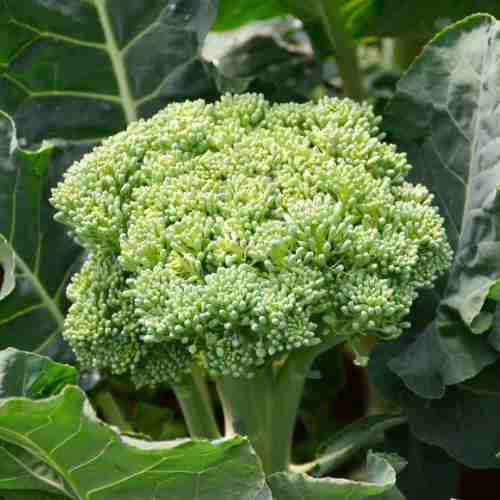
Harvesting Broccoli for Maximum Yield
Harvesting broccoli at the right time is essential to get the best flavor and maximize yield. Broccoli is ready to harvest when the main head is fully developed but before the yellow flowers begin to open.
Cutting the main head will often encourage the plant to produce smaller side shoots, allowing for multiple harvests from a single plant. Knowing when and how to harvest properly can extend the broccoli harvest season and ensure a continuous supply of fresh produce.
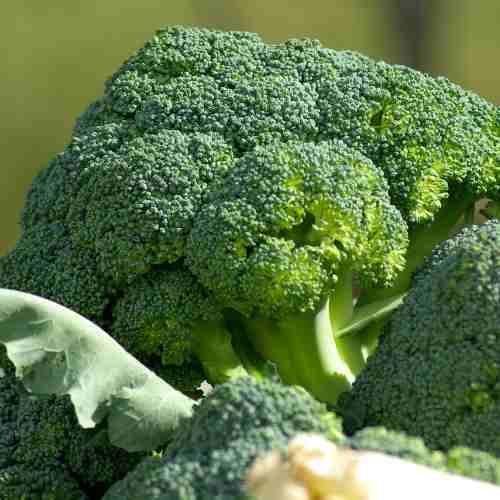
Companion Planting with Broccoli
Companion planting can enhance broccoli growth and help reduce pest problems naturally. Broccoli grows well alongside aromatic herbs like dill and mint, which help repel pests.
It also benefits from being planted near vegetables like beets, onions, and celery, which do not compete heavily for nutrients. However, avoid planting broccoli near other brassicas, as they can attract similar pests. By using companion planting techniques, you can create a healthier and more productive garden.
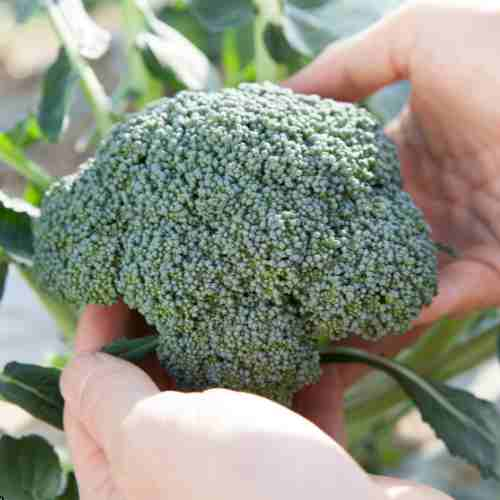
Find the Vegetables that are Best for you
Growing broccoli can be a rewarding experience for any gardener. Its ability to thrive in cooler climates, tolerate partial shade, and resist common pests and diseases makes it a versatile and resilient crop.
By choosing the right variety, preparing the soil properly, and providing consistent care, you can enjoy a bountiful harvest of fresh, nutritious broccoli.
Whether you have a large garden or just a small patch, broccoli is a great addition that will provide delicious produce throughout the growing season.
Follow the tips in this guide to grow healthy, productive broccoli plants and enjoy the many benefits of this nutritious vegetable.
Get our Gardening Buddy and find veggies that fit your conditions best.
You Can Grow It!
Partners and Sponsors
We are forever grateful to our partners and sponsors. Send an email to team @ strongecho.com and let’s see how we can grow each other’s impact!





